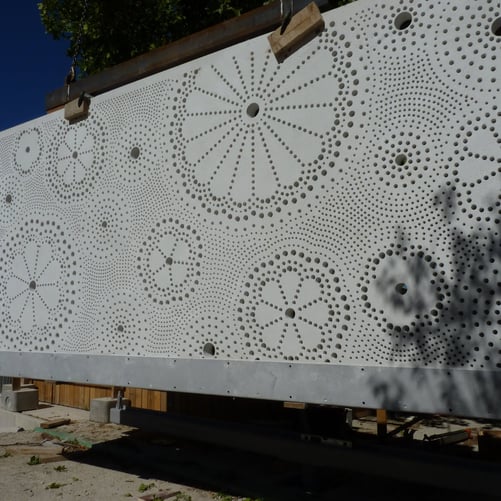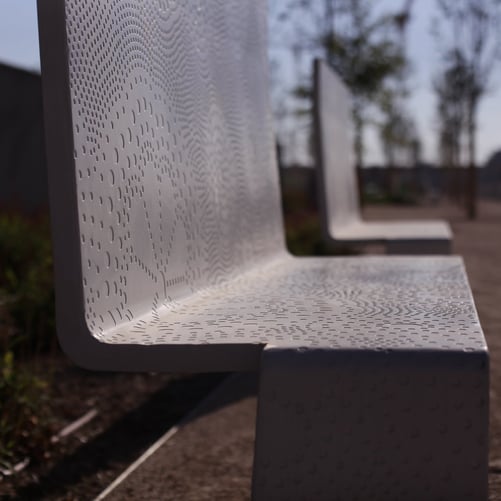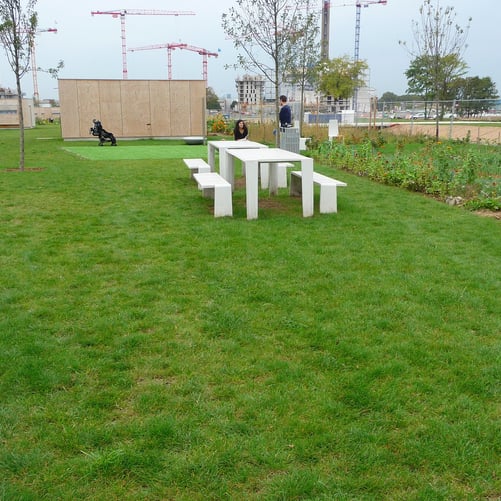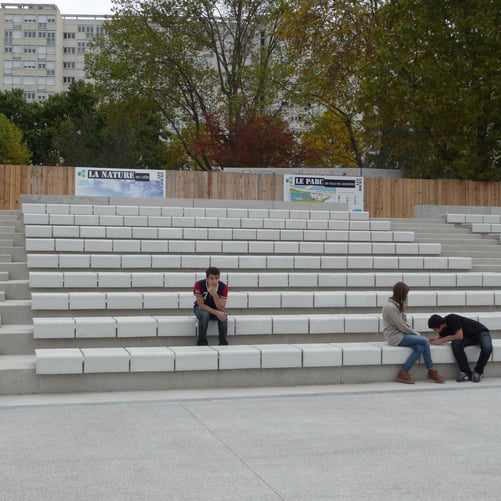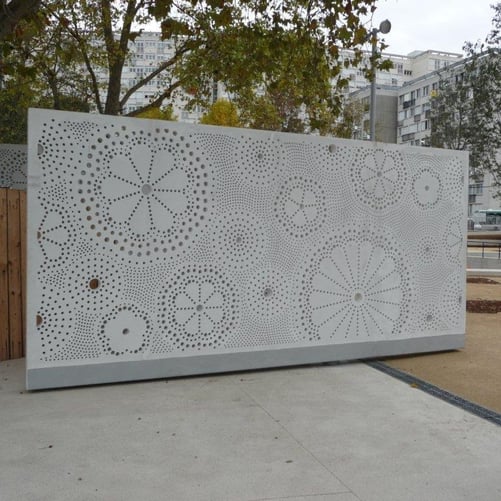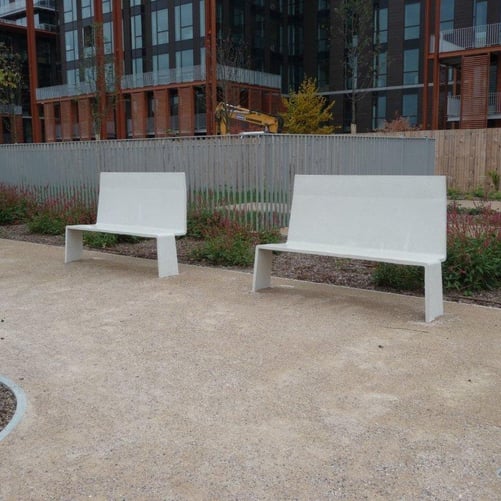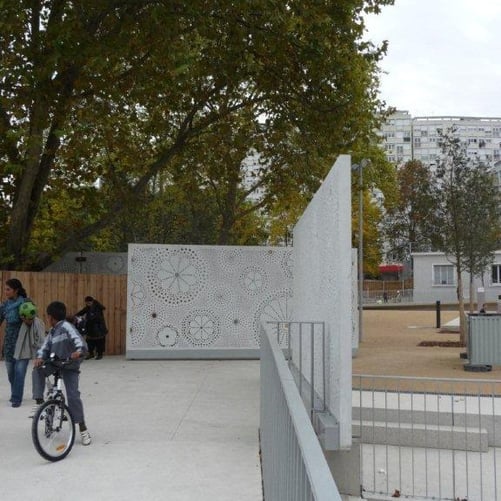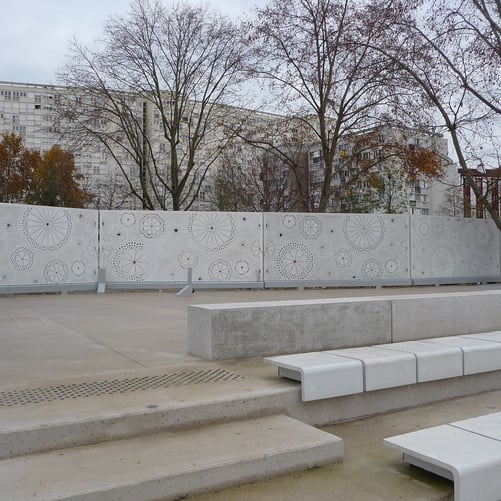Ol&LO, art elevated by MINERAL

Advantages of Concrete Furniture: Ecological, Environmental and Economic Perspectives
The article presents concrete furniture from Ol&lO, a company specializing in different types of concrete (cement, lime, plaster, BTHP). It highlights the environmental (low carbon footprint, recycling), ecological (natural materials) and economic (durability, low maintenance) benefits of their products.
SCIENCE AND TECHNOLOGY
Olivier Houdusse
9/4/20243 min read
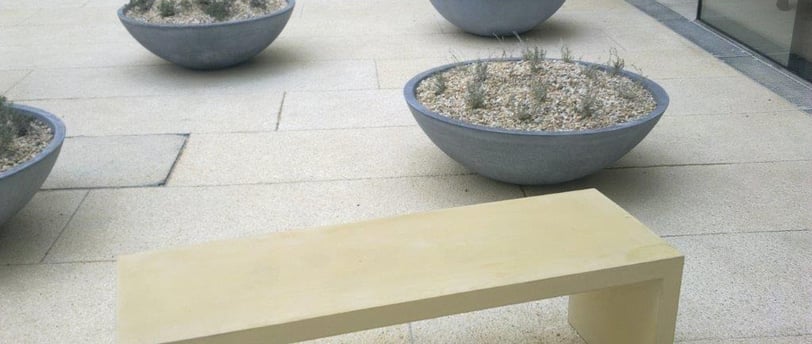

Advantages of Concrete Furniture: Ecological, Environmental and Economic Perspectives
Did you know that concrete furniture emits up to 90% less CO2 than traditional materials such as plastic? Concrete furniture is an increasingly sought-after solution for its durability, low environmental impact and material recycling potential. For example, concrete coffee tables and benches used in public spaces, such as those at the Parc de la Villette in Paris, are popular for their robustness and modern aesthetic, while offering significant ecological benefits. In our workshop, we work with different families of concrete - including cement concrete, lime concrete, gypsum concrete and ultra-high-performance concrete (UHPC) - to create bespoke pieces that combine aesthetics, functionality and respect for the environment.
A Sustainable Approach with Responsible Materials
Our priority is to design concrete furniture that reduces environmental impact while guaranteeing high quality. Gypsum concrete has a significantly lower carbon footprint than conventional materials such as plastic, glass or metal, reducing CO2 emissions by up to 99%. For example, the production of gypsum concrete generates around 50 kg of CO2 per tonne, whereas the production of plastic generates around 6 tonnes of CO2 per tonne - a reduction of over 99% in terms of CO2 emissions. In fact, plaster is a natural material that requires little energy for its transformation, and offers significant recycling possibilities. According to l'Agence de l'Environnement et de la Maîtrise de l'Énergie (ADEME), Gypsum recycling significantly reduces the amount of waste generated on construction sites.
Here is a comparative table of CO2 emissions per tonne produced for different materials:
Material / CO2 emissions (kg/tonne)/ Source
Gypsum concrete 50 ADEME
Plastic6,000PlasticEurope
Glass2,400Glass Alliance Europe
Metal (Steel)1 850World Steel Association
Cement concrete 900Cement Sustainability Initiative
Lime concrete, meanwhile, is valued for its breathable properties, which promote better indoor air quality by allowing moisture to escape and reducing the concentration of pollutants, thus creating a healthier environment. Lime is a natural binder which, when used to manufacture furniture, helps to regulate humidity and limit indoor pollutants, thus contributing to the well-being of occupants.
By-product recycling and recovery
Another major advantage of concrete furniture is its ability to incorporate by-products from various industrial processes. For example, recycled aggregates from demolition sites can be incorporated into cement concrete, reducing the consumption of virgin raw materials. Ultra-high-performance concrete (UHPC) is also often made from recycled materials and offers exceptional durability, reducing the need for replacement and, consequently, lowering ecological impacts over the long term.
The official Ductal website highlights the possibility of recycling BTHP components for use in new applications, thus contributing to a circular economy. What's more, lime- and gypsum-based concretes can be reused after deconstruction, giving materials a second life and reducing the volume of construction waste.
Economic and functional benefits
Not only does concrete furniture offer environmental benefits, it is also particularly attractive from an economic point of view, thanks in particular to its longevity, which reduces replacement costs, and its low maintenance, which lowers expenses over the long term. Its longevity is far superior to that of furniture made from more fragile materials, such as chipboard or plastic. Concrete requires very little maintenance, and its resistance to weathering and deterioration makes it an ideal choice for both indoor and outdoor applications. (source : CERIB).
When it comes to street furniture, cement concrete is an ideal material. It can be molded into a variety of shapes, enabling the creation of benches, picnic tables and other sturdy, aesthetically pleasing street furniture. Visit Centre d'Études et de Recherches de l'Industrie du Béton (CERIB) has published studies showing that the use of concrete in street furniture increases the lifespan of equipment and reduces long-term maintenance costs.
Conclusion
Every piece of concrete furniture we design is conceived to marry aesthetics, functionality and respect for the environment. Our concrete creations - whether lime concrete, plaster or high-performance concrete - represent ecological and sustainable solutions, limiting carbon footprints while maximizing recycling possibilities.
To find out more about our concrete projects and our commitment to sustainability, visit our section dédiée au concrete furniture or our page on made-to-measure products.
